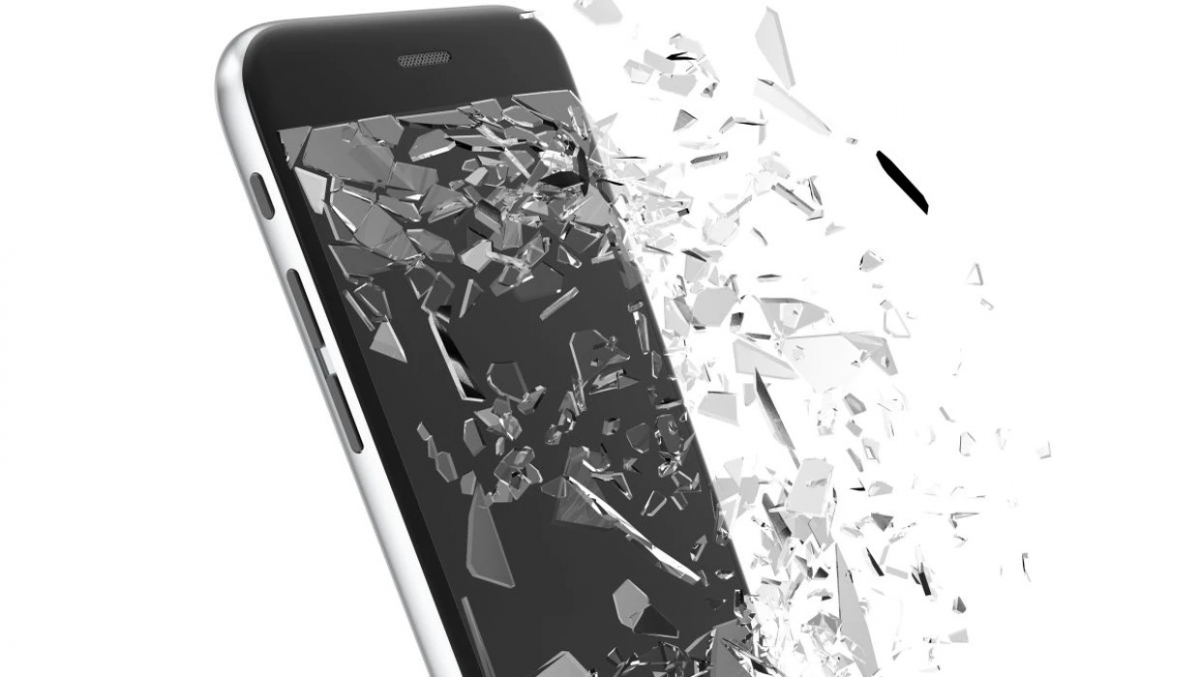This crystal is supposed to make that possible
Display damage could soon be a thing of the past. (Photo: Rost9 / Shutterstock)
Indian researchers: inside have developed a crystal that reassembles itself when it breaks. The self-healing material could be used in cell phone displays.
Self-healing materials are not entirely new. So far, however, the focus has been on soft plastics. Among other things, Apple is said to be working on a kind of self-healing screen with a corresponding plastic coating for a possible foldable iPhone. A researcher: an inside team from India has now developed a crystalline material that has a special molecular structure. It should be able to heal itself if it breaks – and at the same time be even more resistant than the soft plastics.
Contents
Mobile phone display: cracks disappear in seconds
According to the project manager Chilla Malla Reddy, the material developed by his team is ten times harder than other materials. The Telegraph India writes hence from the “hardest self-healing material in the world”. According to the paper, cell phone displays could be built that would make cracks disappear in less than a second. To test this, the researchers scratched cracks in a part of the crystalline material with a needle and were then able to watch the crack automatically heal again.
Specifically, the researchers from the Indian Institute of Science Education and Research in Kolkata (formerly: Calcutta) and the Indian Institute of Technology in Kharagpur have synthesized an organic crystalline material with piezoelectric properties. This means that this material can convert mechanical energy into electrical energy and vice versa. If one of these crystals with a length of two millimeters and a thickness of 0.1 to 0.2 millimeters is broken, the pressure on the fracture surfaces creates different electrical charges, such as Golem writes.
Electrostatically powered composition
This ultimately results in an electrostatically driven, precise reassembly of the broken parts. Chilla Malla Reddy’s team published their results in the trade journal Science published. Such piezoelectric materials are usually used in industry or research. However, the researchers can also imagine applications for everyday devices such as smartphone screens. Meanwhile, it is not known when the material will go into production.



